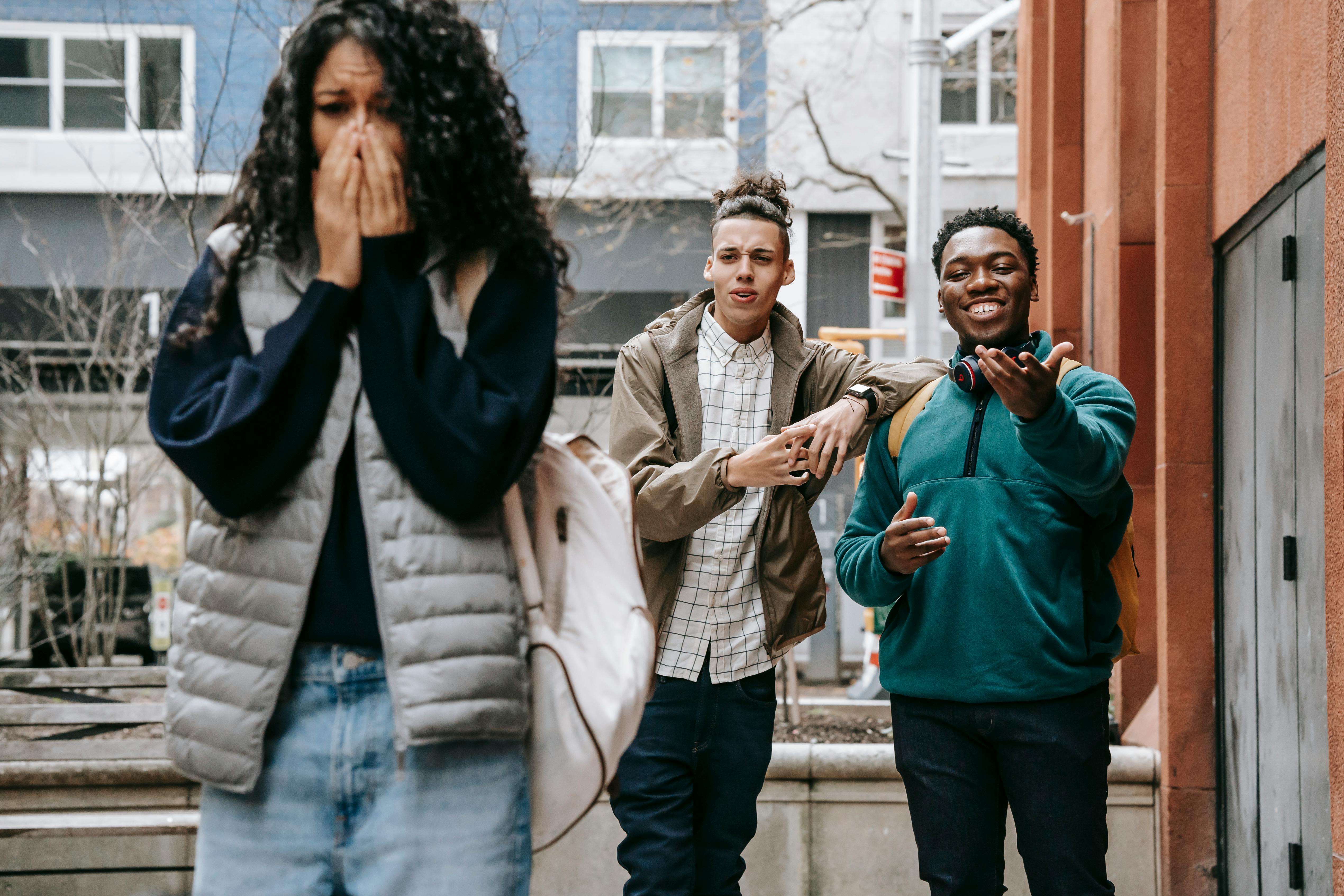Body Language Cues That Signal Danger (and How to Send Your Own Safe Signals)
30. The "Tell" of a Tense Neck

The neck is a crucial point for detecting tension and fear. A person who is feeling stressed, angry, or threatened may have a tense or rigid neck. This is a physical manifestation of a "locked and loaded" state, where the body is preparing for conflict or bracing against a perceived threat. You may notice their neck muscles are tight or they have a hard time turning their head. This is an involuntary response that is hard to hide, making it a more honest indicator of a person's internal state.
Mastering the Unspoken Dialogue

Mastering the art of body language is a journey of self-awareness and empathy. By understanding the cues that signal danger and learning to send signals of safety, you can navigate the complexities of human interaction with greater confidence and insight. This silent dialogue, rich with nuance and meaning, shapes our relationships and experiences. As you become more attuned to the unspoken language of the body, you equip yourself with the tools to foster understanding, build trust, and ensure your safety in an ever-changing world. Embrace this knowledge, and let it guide you in your daily interactions, enhancing your ability to connect and communicate effectively.
Powered by Froala Editor
